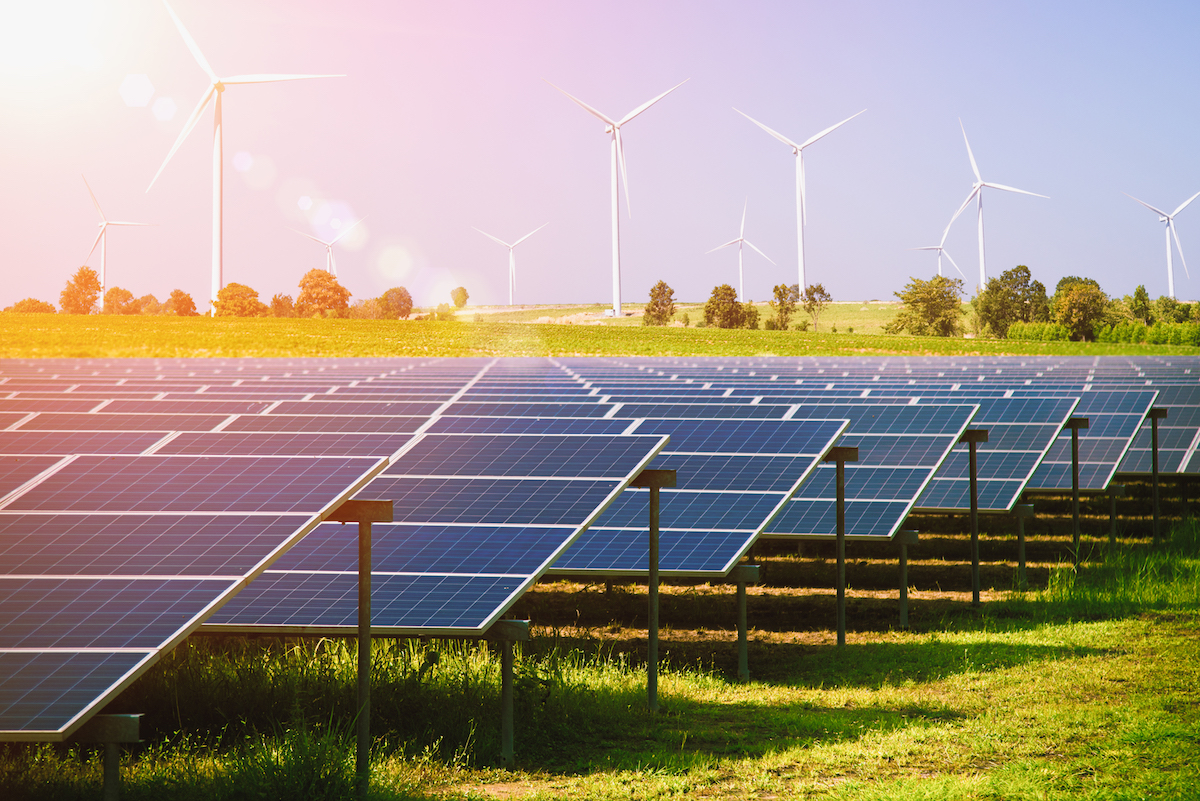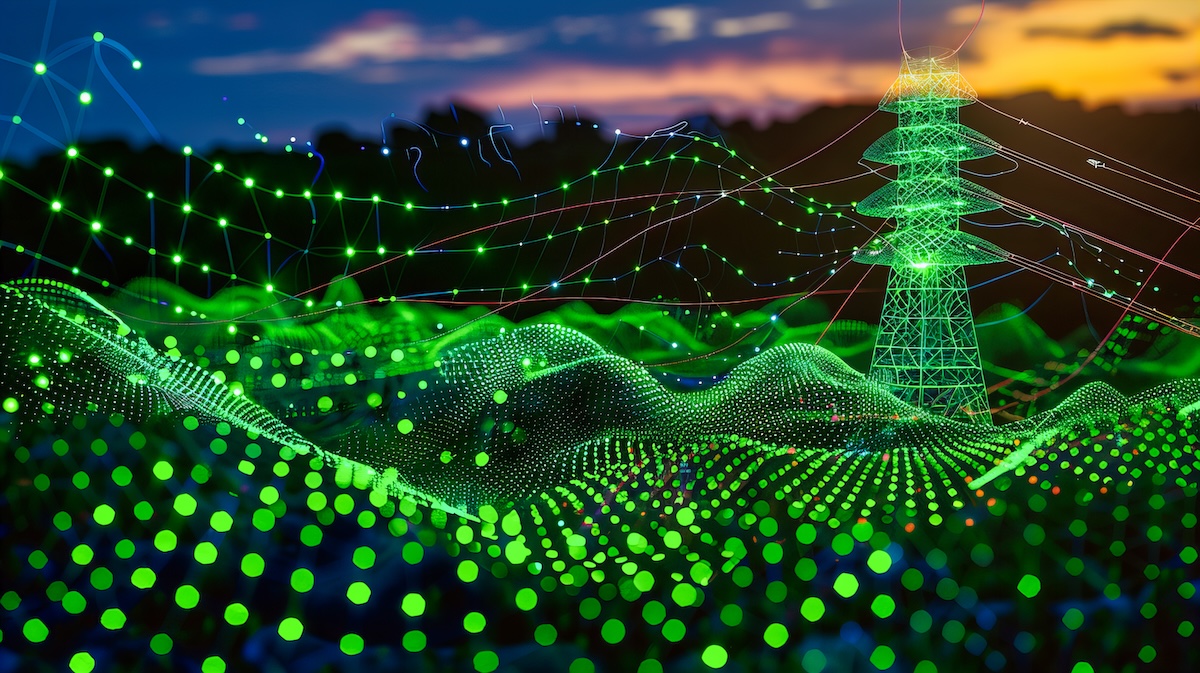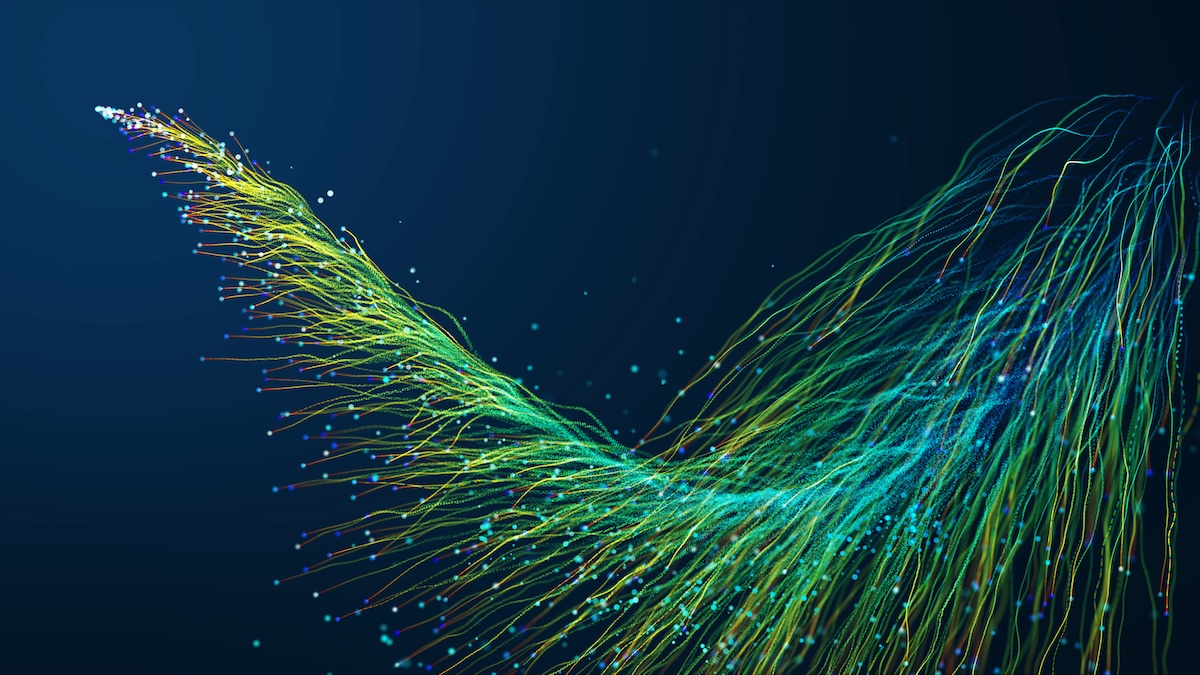A cleaner energy future will depend on reliability and predictability
When power company executives were asked to list the most important issues facing their organizations, 45% overwhelmingly cited their top concern related to the future of energy as “renewables, sustainability or the environment.” At the same time, global energy consumption continues to rise faster than the population.
These two realities are reshaping the international energy sector. The push to produce more energy, in a greener and cleaner manner, is propelling the industry to re-imagine the power grid of the future.
Over the next decades, the radical transformation of the power industry will touch consumers’ daily lives in numerous ways. For example, we could see electric vehicles (EVs) coming to a stop at a red light and getting a microshot of energy from induction sensors in the pavement. Instead of charging those EVs overnight in their homes, people will drive to work and park their cars over “dumb sensors” in a commercial parking lot.
A critical part of the power transformation will be less obvious: data. The future transition to greener energy will depend as much on information as on solar power, wind farms and hydrogen-based power plants. There is a critical role of data management, services, domain expertise and cloud technologies to enable this transformation to a more sustainable world.
Cleaner energy? Many Moving Parts
The transformation is rushing ahead. Last year, land-based wind energy accounted for more than a third of all new U.S. generation capacity, and the Department of Energy anticipates building a $70 billion offshore wind business pipeline by 2030. The Clean Energy for all Europeans package sets an ambitious goal of 32% of energy coming from renewable energy sources by 2030. Meanwhile, nuclear power plants are being decommissioned.
Power grids are complex entities with many parts. They include the power plants that generate energy, transmission lines that transport that energy long distances, and distribution systems that carry electricity to individual consumers. More about four challenges for power generation companies in their digitalization journey
Wider access to wind and solar power means potentially lowering the cost of electricity and making it more accessible for developing countries and rural communities.
At the same time, microgrids are sprouting up everywhere to meet demand. A microgrid is a self-sufficient group of energy sources that support the energy needs of a given area or place: Think of a wind farm on a college campus.
Because of these developments, consumers will no longer just be consumers of electricity, but also generators of it. Your neighbors’ solar canopy is not just powering the lights, washing machine and other aspects of their home. The excess power is returned to the grid. Virtual power plants (VPPs) — cloud-based, distributed power plants — are sharing power among buildings in office complexes, home communities, industrial complexes and neighborhoods. More about The Role of IoT in Smart Grid Technology and Applications
As a result of these changes, the very nature of what constitutes a power utility is also being reconsidered. An Apple or Microsoft site might generate so much of its own power that it has the potential to compete with traditional utilities.
More about main qualities of Industrial IoT in the digital power plants
Searching for Predictability: Forcasting the future of energy
In this competitive landscape, with increasingly stringent environment requirements, savvy use of data is paramount.
For starters, a cleaner energy future will depend on reliability and predictability. Today, however, outages still happen due to extreme heat or cold, major weather events and demand fluctuations.
This new infrastructure for high reliability brings many management challenges. Utilities need to be able to know where and when they can get power to maintain required frequency of the grid, particularly if the sun isn’t shining or wind isn’t blowing.
Renewables are variable. Grid operators must compensate for that variability with as little dependence on fossil fuels as possible. They must also be able to know, for example, which VPPs can provide energy back to the grid at any given moment.
To meet this complex array of demands, utilities are using data to determine where to allocate their budget for new projects, predict which assets are most likely to fail, and replace them before that happens. A European multinational power company is using data analytics to predict failures of wind turbines before they happen. The utility built models from past projects and fine-tuned forecasts using live monitoring data. This approach is eliminating “gut feel” decisions, while reducing maintenance and downtime costs.
Utilities are also turning to analytics to understand the supply and demand, price points and where infrastructure needs to be updated or deferred. The data from a smart meter in a customer’s home or a business premises is being merged with customer relationship management (CRM) and enterprise resource planning (ERP) data that the utility has on the customer. This data may include billing information, rates and tariff information, and historical credit card information.
An analysis of that collected data can help utilities understand whether the customer’s energy usage is going up or down or whether they can qualify for rooftop solar. Sifting through a customer’s demographic information might indicate whether they are a likely buyer for an electric vehicle.
As the power industry becomes greener, with more competition and complexity than ever, the industry must become smarter. And that can only happen through smarter use of data in every aspect of their operations.
Originally this article was published here.
About the author
 This article was written by Shamik Mehta, Director of Industry Solutions Marketing at Hitachi Vantara. Digital Transformation marketing professional with deep, hands-on experience in IT and OT: software for DataOps, governance and security, cloud and on-prem data storage, and AI and ML-based IoT applications. Vertical industry experiences include eMobility, Renewable Energy, Manufacturing, EVs and batteries, and semiconductors.
This article was written by Shamik Mehta, Director of Industry Solutions Marketing at Hitachi Vantara. Digital Transformation marketing professional with deep, hands-on experience in IT and OT: software for DataOps, governance and security, cloud and on-prem data storage, and AI and ML-based IoT applications. Vertical industry experiences include eMobility, Renewable Energy, Manufacturing, EVs and batteries, and semiconductors.



